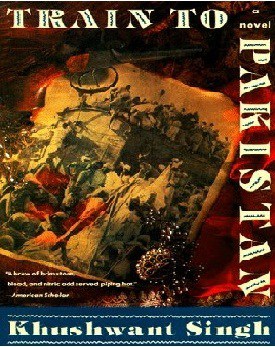
Writer’s rating: 3.5/5
Dirty Laundry, the fourth annual production of the Yellow Brick Project opened amid much fanfare at Kamani Auditorium on the 16th of August. After enthralling young audiences in the city with Razzle Dazzle and Dear Delhi, the bar was raised last year with Romeo Must Die, an attempt at synthesizing dance, music and theatre into the format of a musical. This year’s installment follows suit, albeit with a more compact cast, dance troupe, band and choir.
Dirty Laundry is a humorous take on the issue of infidelity, and how it stirs up a storm in the Sharma household when the protagonists’ secrets are revealed. A middle-aged Economics Professor desperate for an adrenaline rush, gives in to temptation, and beds an overtly flirtatious student less than half his age, thereby unwittingly prompting a series of events that test relationships, incite altercations and yield in comedic situations, ultimately concluding in a boisterous, and slightly confused manner.
The plot is effortlessly backed by a commendable original score and repertoire of musicians and singers, and the scenes brought to life by a hybrid and highly talented crew of dancers who not only complement but also add another dimension to them. The choreography is satisfactory, with some out-of-the-box pieces, quite literally. The ‘Pandora’s Box’ inspired routine that serves as a metaphor for the secrets tumbling out, deserves special mention in this regard.
The musical is raw and unabashed in its portrayal of sexuality and desire, and the direction meticulous and thoughtful, with some indispensably hilarious scenes, like the reality television imported face-off between the quarrelling Sharmas. It is also laudable for having age-appropriate actors essaying the roles of the main characters. Yet, the narrative does appear a little staccato and disjointed in parts, lacking cohesion and hence adhesion between the scenes. The chaotic stage management in terms of blocking and positioning and faulty spotting and lighting are the blatant blemishes, and seem to have been the obvious hiccups of a premiere show.
All in all, a pulsating watch, particularly for a few good laughs and for fans of dance and music.
Tanya Dua
[email protected]

